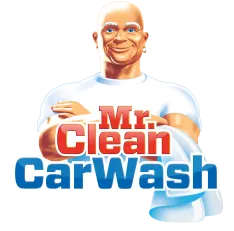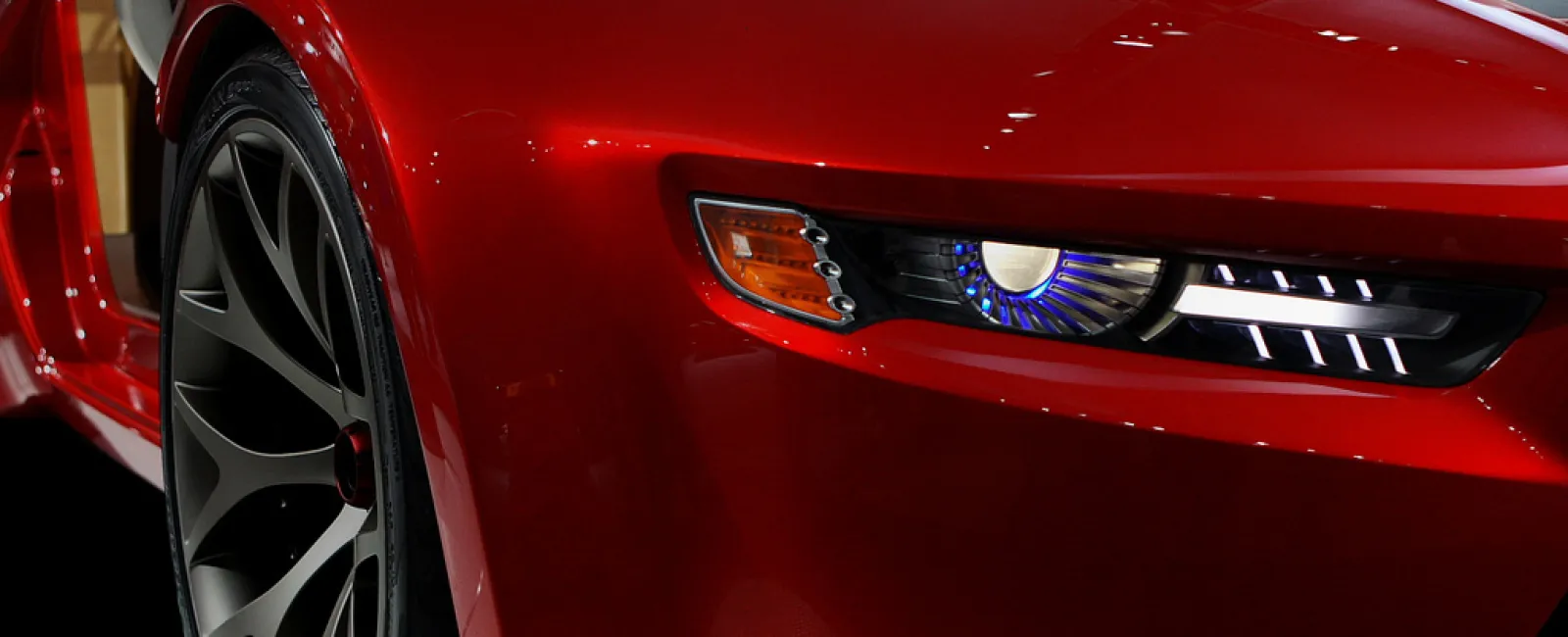
Nothing looks better than a bright, shiny car. Today's paint jobs use a clear coat that helps keep new cars shining longer—while thirty years ago, car makers simply sprayed the finished vehicles with a few layers of lacquer paint and polished them up before sending them off to dealerships. This left the future owner with an intense detailing regiment for their car to keep up with—while today's paint jobs leave owners wondering how often they need to wax (if at all).
In the early 1980s, car manufacturers started using a clear coat that sealed the paint. This seal added a layer of protection from weather, debris and paint fading ultraviolet rays from the sun. This layer also kept the cars finish shiny for longer. However, as the paint aged, this layer wore down.
Now, waxing a car's finish every two months (even if the car is still shiny) will add another layer of protection. This helps keep the car looking great a lot longer. Finally, it makes removing dirt easier during car washes.
According to Popular Mechanics, today's automotive waxes feature additives that make the application process easier from wax on to wax off. There are synthetic formulas that last longer and can be supplemented in between waxes. These supplements include spray-on waxes that can be applied with no extra effort required.
Mr. Clean Car Wash offers a number of exterior detailing options—from an Express Wax that lasts up to 3 months, to a 2-Step Wax that removes the old wax and surface contaminants and applies a UV coating wax to protect the clear coat, all the way to complete detailing packages to keep the car's paint protected and looking great for a long time.
Though keeping a fresh coat of wax on a vehicle may not seem as critical as it used to be—it is. Wax helps put an added layer of protection between the sun's rays, road debris and pollution and the car's paint. For more information on express detail services, see a local Mr. Clean Car Wash & Oil Change Plus and check the Promotions page for savings on your next wax or other detail service.
Image courtesy of Flickr

